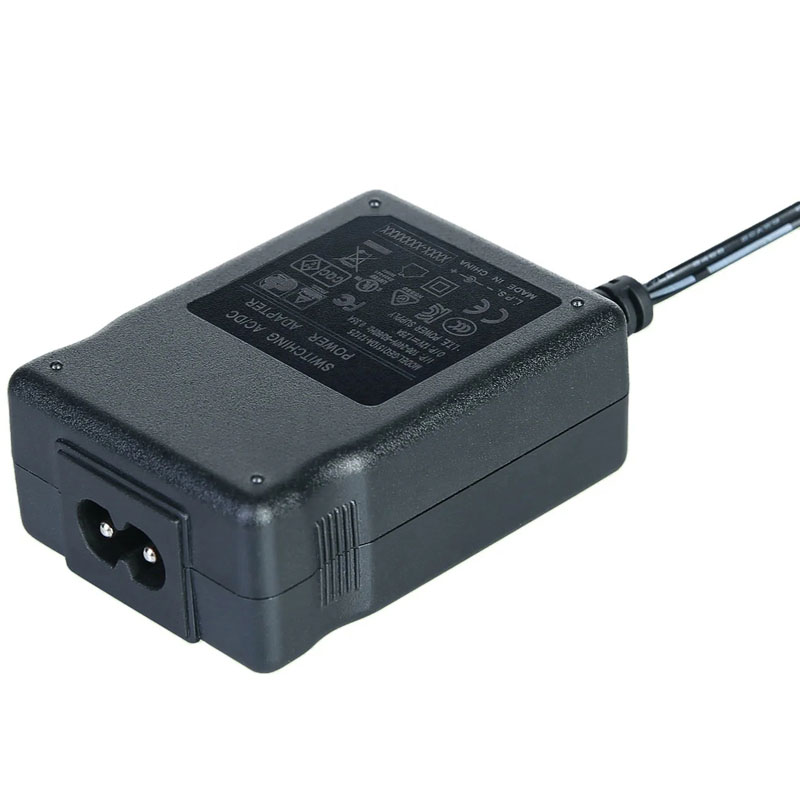Understanding the Desktop Power Adapter: Its Purpose and Functionality
2024-05-29
In the world of electronics, the desktop power adapter often plays a crucial yet understated role. As the unsung hero behind our desktops, laptops, and other devices, it ensures a steady flow of power, enabling our devices to function efficiently. Let's delve deeper into what a desktop power adapter is and why it's so essential.
What is a Desktop Power Adapter?
A desktop power adapter, commonly referred to as a power supply unit (PSU) or simply a power adapter, is a device that converts alternating current (AC) from a power source, such as a wall outlet, into direct current (DC) that can be used by a desktop computer or other electronic devices. It's the bridge between the electricity grid and your device, ensuring a safe and stable flow of energy.
Primary Function of a Desktop Power Adapter
The primary function of a desktop power adapter is to provide the necessary power to operate a desktop computer or other devices. Here are some key aspects of its functionality:
Voltage Conversion: The desktop power adapter converts the AC voltage from the power grid into a specific DC voltage required by the device. This ensures that the device receives the correct amount of power, preventing damage or malfunction.
Current Regulation: In addition to voltage conversion, the power adapter also regulates the current flow. It ensures that the device receives a constant and stable current, even if there are fluctuations in the AC supply.
Protection Against Overloading: Many desktop power adapters have safety features that prevent overloading. This means that if the device tries to draw more power than the adapter can provide, it will shut down to prevent damage to the device or the adapter itself.
Isolation from the Power Grid: The power adapter acts as a buffer between the device and the power grid. This isolation helps protect the device from potential electrical hazards, such as voltage spikes or fluctuations.
Types of Desktop Power Adapters
Desktop power adapters can vary in design and capabilities, depending on the specific device they're intended for. Here are some common types:
Internal Power Supplies: These are built into the chassis of a desktop computer and are not visible externally. They're specifically designed to meet the power requirements of the computer's components.
External Power Adapters (Brick Adapters): These are standalone devices that connect to the device through a cable. They're commonly used for laptops and some desktop peripherals.
Modular Power Supplies: These are internal power supplies that allow users to replace or upgrade certain components, such as cables or voltage regulators, for better customization and flexibility.
In conclusion, the desktop power adapter is a crucial component that enables our devices to function efficiently and safely. By understanding its purpose and functionality, we can appreciate its importance and ensure that our devices receive the necessary power to operate at their best.



